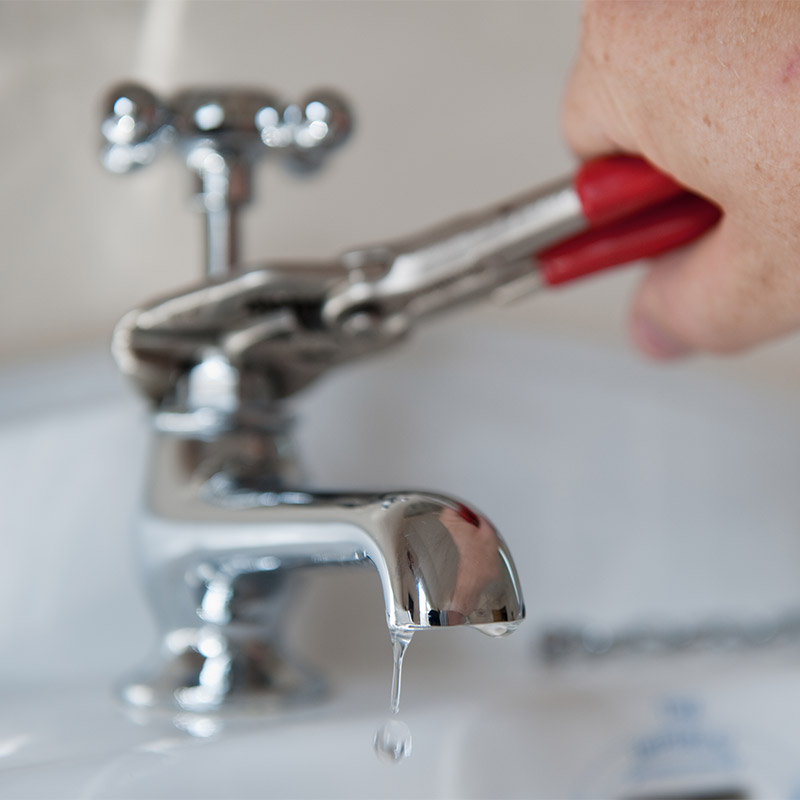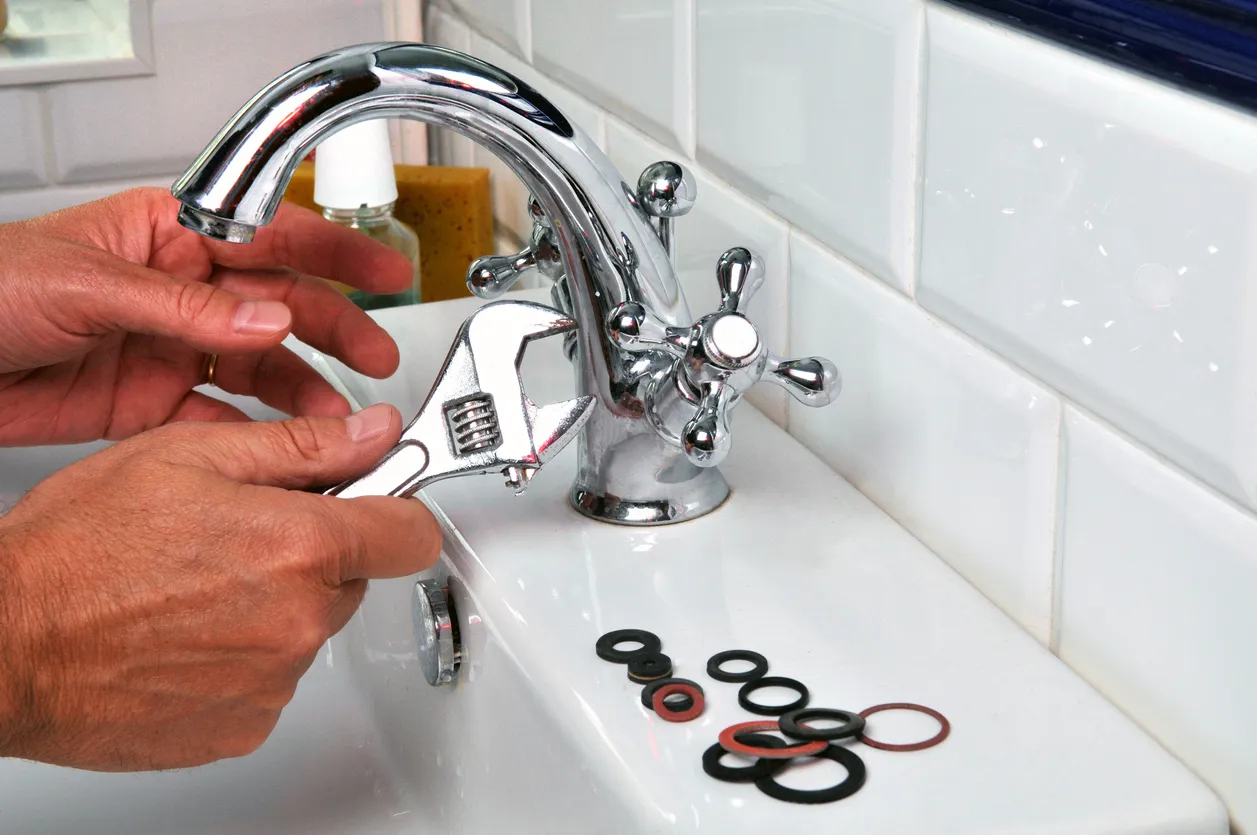Uncovering the Relevance of Dealing with a Faulty Faucet
Uncovering the Relevance of Dealing with a Faulty Faucet
Blog Article
This post listed below on the subject of Should I Repair or Replace a Leaky Faucet? is especially informative. Don't overlook it.

Trickling taps might look like a minor trouble, yet their influence goes beyond just the inconvenience of the noise. From drainage to sustaining unnecessary monetary expenses and wellness threats, overlooking a trickling tap can bring about numerous repercussions. In this post, we'll explore why it's vital to resolve this typical home issue without delay and properly.
Waste of Water
Environmental Impact
Trickling taps contribute significantly to water wastefulness. According to the Environmental Protection Agency (EPA), a solitary tap dripping at one drip per secondly can waste more than 3,000 gallons of water per year. This not only pressures water sources yet also impacts environments and wild animals based on them.
Step-by-Step Overview to Taking Care Of a Dripping Faucet
Devices Required
Prior to attempting to deal with a leaking tap, gather the essential tools, consisting of an adjustable wrench, screwdrivers, replacement components (such as washing machines or cartridges), and plumber's tape.
Typical Tap Issues and Their Solutions
Identify the kind of tap and the details issue triggering the drip. Typical troubles consist of worn-out washers, rusty valve seats, or defective O-rings. Refer to maker guidelines or on-line tutorials for detailed guidance on repairs.
Financial Costs
Enhanced Water Bills
Beyond the environmental impact, dripping taps can inflate water bills substantially. The built up wastage over time converts right into higher utility expenditures, which can have been prevented with timely repairs.
Prospective Residential Property Damage
Moreover, long term leaking can lead to harm to fixtures and surface areas surrounding the tap. Water accumulation can create staining, deterioration, and even architectural problems if left neglected, resulting in extra repair expenses.
Wellness Concerns
Mold and Mold Growth
The consistent existence of moisture from a trickling faucet creates an optimal setting for mold and mold development. These fungis not only compromise indoor air high quality yet additionally pose health dangers, especially for people with respiratory system problems or allergies.
Waterborne Conditions
Stagnant water in leaking taps can end up being a breeding ground for bacteria and other virus, raising the threat of waterborne conditions. Pollutants such as Legionella germs flourish in stagnant water, possibly bring about severe diseases when ingested or breathed in.
DIY vs. Professional Repair work
Pros and Cons of Do It Yourself Repair Work
While some might attempt to fix a leaking faucet themselves, do it yourself repair services come with their own collection of challenges. Without correct knowledge and tools, DIY efforts can aggravate the issue or cause insufficient repair work, extending the trouble.
Benefits of Working With a Professional Plumber
Hiring an expert plumber makes sure that the underlying source of the dripping faucet is dealt with properly. Plumbers possess the competence and devices to identify and fix faucet issues effectively, conserving time and decreasing the threat of additional damages.
Environmental Obligation
Private Contribution to Conservation
Taking obligation for taking care of leaking faucets straightens with more comprehensive initiatives toward water conservation and ecological sustainability. Every person's activities collectively make a significant influence on maintaining priceless sources.
Sustainable Living Practices
By focusing on timely repairs and taking on water-saving practices, individuals add to lasting living practices that profit both present and future generations.
Safety nets
Regular Upkeep Tips
To prevent leaking faucets, carry out routine upkeep such as cleaning aerators, checking for leakages, and replacing damaged components quickly. In addition, consider mounting water-saving devices or upgrading to a lot more reliable fixtures.
Significance of Prompt Fixes
Addressing dripping taps as quickly as they're noticed prevents additional water waste and prospective damages, eventually conserving both water and cash over time.
Impact on Property Worth
Assumption of Well-Maintained Home
Maintaining a home in good condition, including dealing with maintenance problems like dripping faucets, boosts its viewed value and worth among possible purchasers or lessees.
Influence on Resale Worth
Qualities with well-maintained plumbing components, consisting of faucets, command greater resale values in the realty market. Addressing leaking taps can add to a positive perception throughout property evaluations and settlements.
Conclusion
Attending to a trickling tap goes beyond mere benefit; it's an essential step towards saving water, minimizing monetary expenses, and securing health and wellness and residential property. Whether via do it yourself repair services or expert assistance, taking action to deal with trickling faucets is a small yet impactful method to promote liable stewardship of sources and contribute to a much healthier, a lot more sustainable future.
Most Common Reasons for a Leaky Faucet and How to Stop the Drip
Whether it’s your kitchen faucet leaking or a bathroom faucet leaking, one leaky faucet can waste anywhere from three to 30 gallons of water every single day. If the constant drip-drip-drip doesn’t get your attention, your water bill will. The good news is that, by following a few simple steps, chances are pretty good you can fix the problem yourself.
Why is it dripping?
Before you start taking things apart, let’s break down some of the most common causes of a leaky faucet.
Bad O-ring.
A cartridge is a valve that controls the flow of water into the faucet spout. On cartridge faucets there’s an O-ring—the little disc attached to the stem screw that holds the faucet handle in place. If it’s loose or worn-out, it can cause your sink handle to leak. Of course, the cartridge itself could be worn out. If that’s the case, make sure you replace it with the exact same kind.
Corroded valve seat.
The valve seat connects the faucet and the spout. If the leak seems to be coming from the spout, it might be because a buildup of water sediment has corroded the valve seat.
Worn-out washers or seals.
A leaky spout could be caused by a bad washer that rests against the valve seat. It’s just a matter of time before friction takes its toll. It could also be the wrong size washer or one that’s been installed incorrectly. Water sediments can also corrode inlet and outlet seals.
Water pressure.
If the faucet only drips now and then, or when you turn the handles a certain way, you should probably check your home’s water pressure.
Loose or broken parts.
The adjusting ring and packing nuts in the stream screw can become loose over time, causing your sink handle to leak. Try tightening or replacing the packing nut. If the leak is coming from the pipes underneath the sink, you probably have a broken pipe or fitting. If that’s the case, you should definitely call a plumber.
Know your faucet.
Faucets come in a variety of types. Each one has its own assembly—and its own possible causes of leaks. Learning about the four most common kinds of faucets will help you know how to take them apart and make any repairs.
How to stop a leaky faucet
Fixing that leaky faucet doesn’t have to take a lot of time, money, or expertise. It’s usually a simple matter of replacing a worn-out washer or gasket, a loose O ring, or another part. Chances are really good you can do this yourself if you follow these simple steps.
Shut off the water.
Before you tackle the faucet, cut off the water supply to the sink. There should be one valve for hot and one for cold. Hand-turn them clockwise with your hands till they close. If there are no valves under the sink, head to the basement and shut off the main water supply to the house. Then turn on the faucet until it empties out the water that’s still in the line and you’re ready to start. It’s a good idea to cover the sink drain with a plug or a rag so you don’t lose any small pieces and parts while you’re working.

We hope you enjoyed our section about 4 Common Reasons for a Leaky Faucet. Many thanks for taking a few minutes to browse our post. Remember to take a moment to distribute this entry if you enjoyed it. Thanks for your time. Don't forget to check our blog back soon.
Report this page